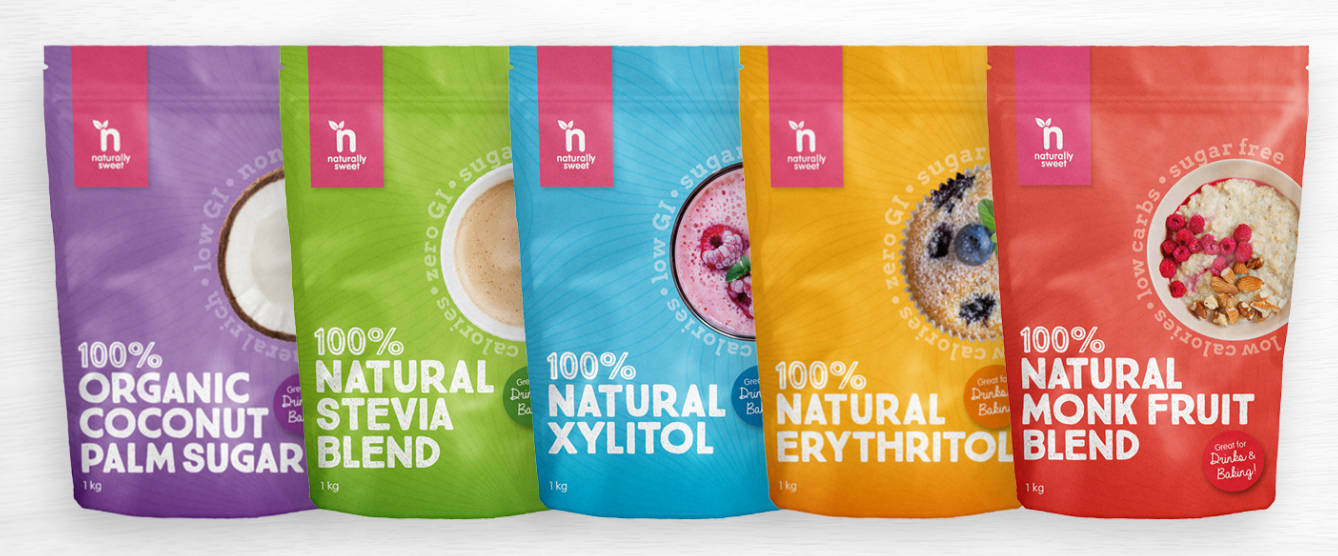
You probably have never heard of the monk fruit and you’ll almost certainly be less than impressed with its appearance when you set eyes on one. It’s a small, modest-looking fruit, with a dry, dull green-to-brown skin and a somewhat unappetizing segmented interior.
Don’t let that put you off, though, because this humble member of the melon family is proving to be a gift to diabetics, low-sugar foodies and anyone trying to maintain a healthy weight.
A Chinese fruit
Known as lo han guo to the Chinese, the monk fruit is so-called because it was initially cultivated by monks centuries ago. It’s been used in traditional Chinese medicine (TCM) for a long time, but its properties have now found their way into the mainstream.
Why you should think about monk fruit.
Dried monk fruits yield an extract that is around 200 times sweeter than sucrose, or table sugar. However, despite the sweetness, this extract has no calories and no impact on blood sugar levels.
Anyone who’s familiar with sugar substitutes will know that some sweeteners can cause excess gas, cramping and other digestive upsets, as well as allergic reactions. Monk fruit extract doesn’t seem to have this effect on people and the US’ FDA has deemed it GRAS, or generally recognised as safe for everyone, including children and pregnant or nursing women.

The health benefits of the monk fruit - It’s safe for diabetics.
The sweetness found in monk fruit comes from naturally-occurring compounds called mogrosides. These compounds don’t affect blood sugar levels, so they’re safe for diabetics and people with unstable blood sugars.
It’s great for dieters.
As there’s no calories, fats or carbs in the extracts, monk fruit can help people to lose weight if they swap out their usual sugar for monk fruit. Of course, if you’re adding the extract to, for example, a frosting recipe, then you’ll still be eating lots of butter but it’s still helpful. By far its best use is in hot drinks like coffee, if you’re a two-sugars sort of personor baking.
It has anti-inflammatory properties
In TCM, monk fruit is used in hot drinks to aid sore throats and respiratory infections. There haven’t been many studies done yet, but it does seem that the mogrosides help to reduce inflammation, which has knock-on effects on several conditions.
There are some downsides - Monk fruit can be hard to find….until now!
Until recently monk fruit was not approved by the Food Standards Australia (FSA) as a sweetener and as such, it was not readily available. However, earlier this year that changed and as such, Naturally Sweet will be making available both a pure organic extract and a blend in the near future.
The cost
It’s more expensive than most alternative sweeteners because the fruit are hard to grow and process, but it’s well worth it.
Some people say there’s an aftertaste.
There’s a slightly bitter aftertaste with monk fruit but compared to that left behind by saccharin and aspartame, it’s only slight. Some people even find it pleasant.
There’s a very slight risk of allergic reaction.
There’s always a risk of allergy with any food, really, but if you already know you’re allergic to another member of the Curcurbitaceae family, then be careful. This family includes squash, melons, cucumbers and pumpkins; if you develop a rash, swollen tongue, dizziness or difficulty breathing, then discontinue use of monk fruit and call your doctor.
How to use monk fruit
You can use monk fruit in pretty much anything if you want to sweeten it. It’s good in coffee and other hot beverages, lemonades, sauces, yoghurt, smoothies and porridge. When blended (with say an erythritol) it’s great for baking because the amounts you need to get the sweetness are roughly the same as the amount of sucrose you need and the sucrose content of a cake contributes to texture. Experiment to see what works for you.




